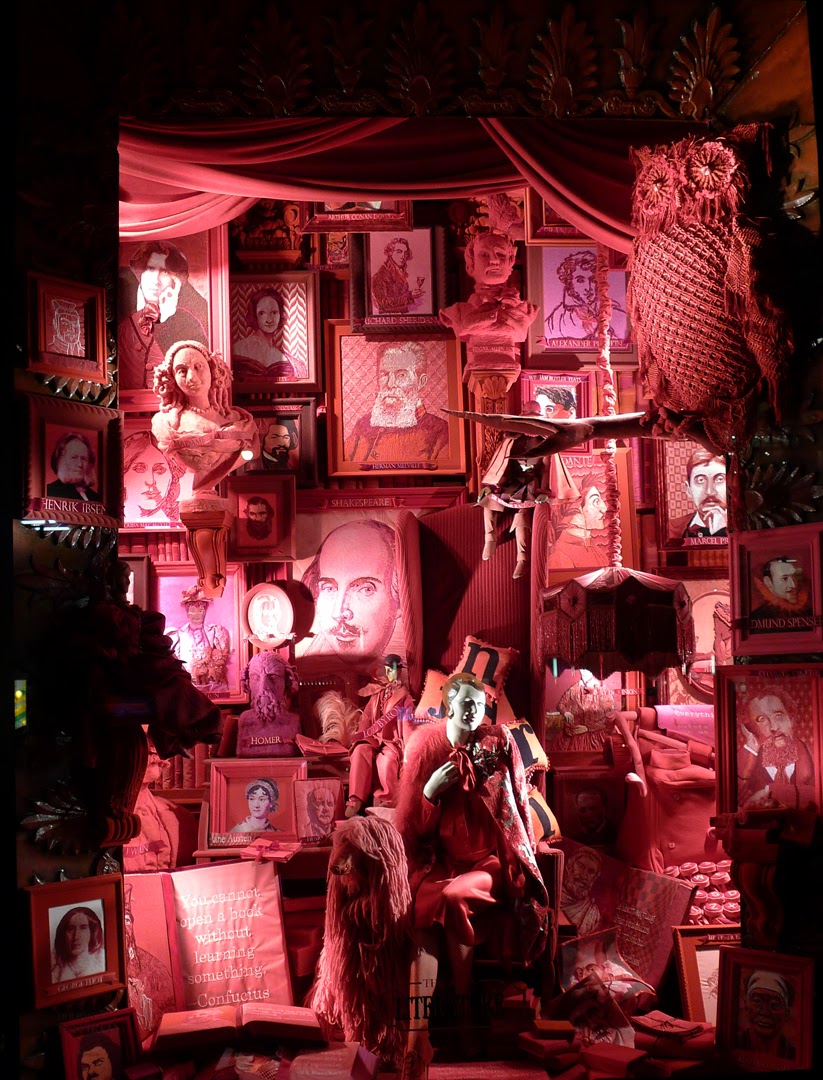The most-read post I’ve ever written was about how to fold a plastic shopping bag. Peoples’ reactions to my writing always surprise me. It’s one of the great joys about blogging—and about painting. You send your ideas out into the world, and they elicit responses you never dreamed of. And here you thought you were being perfectly clear.
When I wrote about going to Buffalo for a funeral last Thursday, it was a howl from my own darkness. I figured people would read it and move on. Instead, I’ve received a deluge of responses: on Facebook, by email, and in person. Stories of sons dying, friends dying, nephews dying. Stories about the child of a senior pastor, a daughter-in-law. Stories of near misses and years of soul-crushing worry.

“Passing Goat Island,” 7X11, Poppy Balser
About five years ago, I decided I would pay attention every murder in Rochester, NY. Two things became apparent. The first was that murder victims in my city were overwhelmingly black, male and young. The second was that society reacted much more strongly when the crime victim didn’t fit that demographic. Young gang-bangers, we tell ourselves, bring this on themselves. It is only when they miss and shoot a child or a grandmother that people make a fuss.
That is part of the black, urban, poor side of the drug war.* I’d totally missed the white, suburban, affluent side because we don’t call drug overdoses “murder,” and we don’t put them in the news. Often, we don’t even talk about the cause of death. But inner-city murders and suburban overdoses are flip sides of the same evil coin.
“Your adversary the devil prowls around like a roaring lion, seeking someone to devour,” says 1 Peter 5:8.

“Hay Bales and Evergreens,” 7X11, Poppy Balser
As you can imagine, I drove home from Buffalo in a black mood. I’m seeking peace. And I found it in my mailbox last night, with four paintings by Nova Scotia artist Poppy Balser. (I’ve written about her before, here.) “To spread a little calm this week I thought I would share some of my paintings from this last year that I painted in particularly peaceful surroundings,” she wrote.
Why are these particular paintings so peaceful? Poppy painted them in tightly-controlled analogous color schemes—it was a blue day on the water, a green day in the fields, or a misty grey day in the winter. There are no notes of complementary color to engage us. Our minds are free to rest.
These paintings are a great example of color theory in action. If they make you feel less frantic this holiday season, they’ve just demonstrated one reason why art is so profoundly important to society. In fact, take one painting and call me in the morning. They’re more powerful than Xanax, and totally free of side effects.
*In 2000, the highest overdose rate was among black Americans aged 45-64. Today, it’s young white people. Non-whites actually use less heroin than in the past; the out-of-control epidemic is in white America.








































